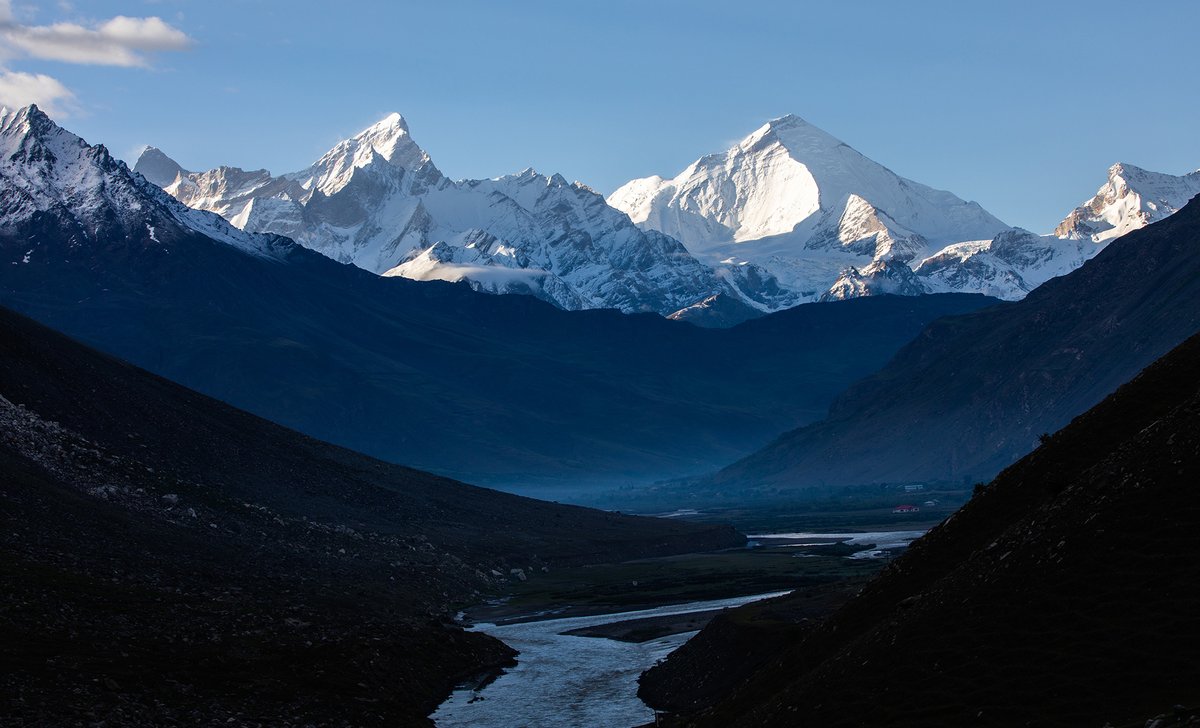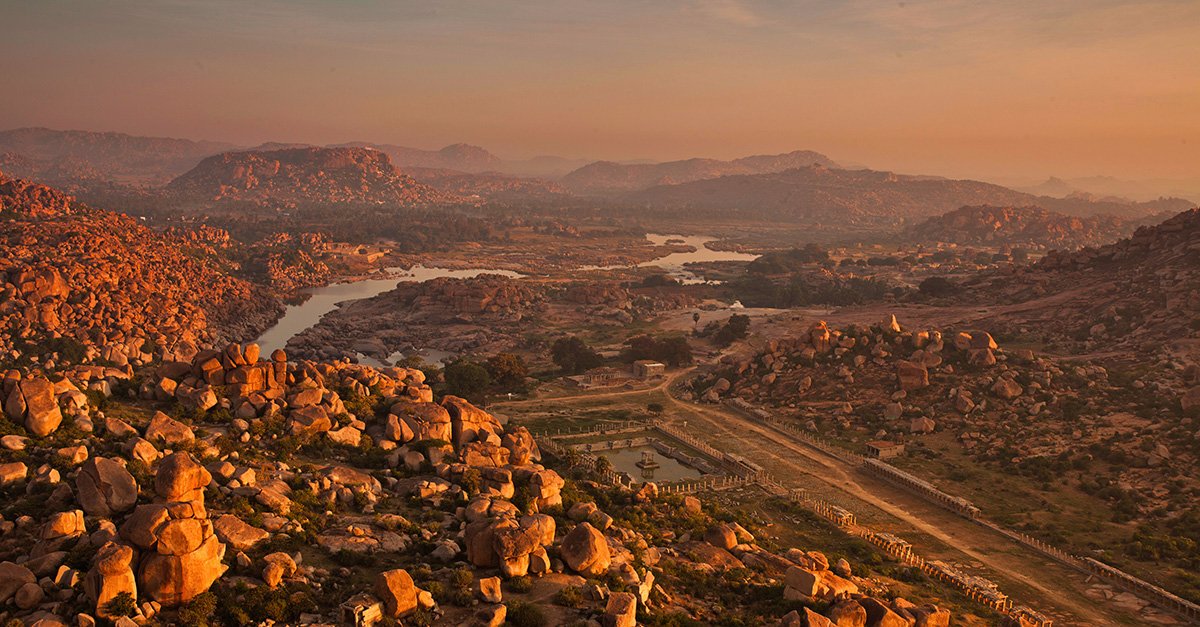
[Thread] This weekend, let's explore a fascinating community of people called the 'Changpa', who live high up the mountains in the Trans-Himalayan regions of Ladakh-Tibet, rearing pashmina goats that produce the fine cashmere wool renowned across the world. 1/n
📷: @WithManish0
📷: @WithManish0

@WithManish0 and I have spent a considerable amount of time travelling in these mountains, often staying in Changpa villages, interacting closely with them and sometimes becoming a part of their story. Some images in this thread are made by Manish and are identified accordingly.
Changpa get their name from the land they inherit - Changthang. It's a high-altitude desert, where you can travel for hours without seeing one tree on the earth surface. Winters are extreme cold, with temperatures plummetting to -40C. Only the most resilient can live here! 

Their sheep feed on the nutritious high-altitude plants that produce valuable wool. Yaks yield butter, and yak wool and skin form important insulation that protects them from extreme winters. Living here for thousands, Changpa have learned to survive in these conditions. 

They are a semi-nomadic community that keeps moving from pasture to pasture depending on the availability of grass. Usually, they have a handful of seasonal dwellings that they keep shifting to, with changing seasons. 

Once a migration is complete and the families settle into a place, everyday is a set routine. Mornings begin with getting the sheep out of the pen and herding them into the mountains. Herders spend the entire day walking the slopes, to places where feed is abundant. 

Changpa settlements are very picturesque, often flanked with snowpeaks more than 6,000m tall. Some locations are fertile marshlands covered with a thin layer of grass and streams crisscrossing the landscape. They are also remote, and can be hours away from a permanent settlement. 

The traditional Changpa accommodation, called rebo, are made of yak wool. Weaving these tents is a slow and laborious work that can take months. But once complete, they survive for very long and are passed on from generation to generation. 8/n
📷: @WithManish0
📷: @WithManish0

The Changpa people are Tibetan Buddhists by practice and most families are very devout. People often invite monks and nuns home for religious ceremonies. The rituals are often very elaborate and can last for hours. 9/n 

Most villages with sizeable population in Ladakh usually have a monastery located on a crag outside the village. For the changpas, the monastery at Korzok Village on the bank of magnificent Tso Moriri lake serves as an important place of worship. 

Historically, changpa have depended very little on outside world and have evolved a lifestyle that sustains them with resources available in the highlands. Their primary diet was based on barley, which grows in lower regions of Ladakh.
The animals provided for meat. The sheep and yaks also provided wool and skin, which helped them stay warm in the bitter-cold winters. Even the shoes were made with animal skin. 

Their sheep and goats have amazing resilience to the extreme weathers in the region. They seem to be absolutely comfortable in temperatures that reach close to thirty during summers, and swings to negative thirties in winters.
📷: @WithManish0
📷: @WithManish0

A typical changpa settlement can easily have as many as ten thousand animals. The sheep returning home in the evenings are likely to cause a small localized dust storm. 

A family normally owns about two hundred to six hundred sheep depending on how large a flock they are able to manage. The prosperity of a changpa family is a direct function of the number of animals they own. 

Yaks are an important part of changpa life. They help the the changpa survive the harsh weather of the highlands. Yak-wool rebo kept them warm irrespective of outside weather. Yak wool and skin were also part of clothing that kept people protected from cold. 17/n
📷: @WithManish0
📷: @WithManish0

Yak hide could be used in making shoes that allowed people walk the entire day with their animals. Yak butter and cheese are an integral part of changpa diet, and so is yak meat. Perhaps the yaks are also easier to manage. 18/n
While the sheep require constant attention of a herder all through the day to ensure that they don’t stray away and are protected from predators, yaks are usually let loose and graze on their own. 19/n
Changpa have lived for millenniums in these lands, carving out a unique way of life to survive here.
Buddhism has significant influence in the way of life of these people, which is evident from chortens (stupa) and prayer flags that you see in the landscape.
📷: @WithManish0
Buddhism has significant influence in the way of life of these people, which is evident from chortens (stupa) and prayer flags that you see in the landscape.
📷: @WithManish0

The wool from pashmeena goats fetch a premium and the economics of rearing them is generally deemed good, which can help preserve the changpa way of life in the days to come despite the harsh and difficult environment that they live and work in. [End 21/21]
• • •
Missing some Tweet in this thread? You can try to
force a refresh












